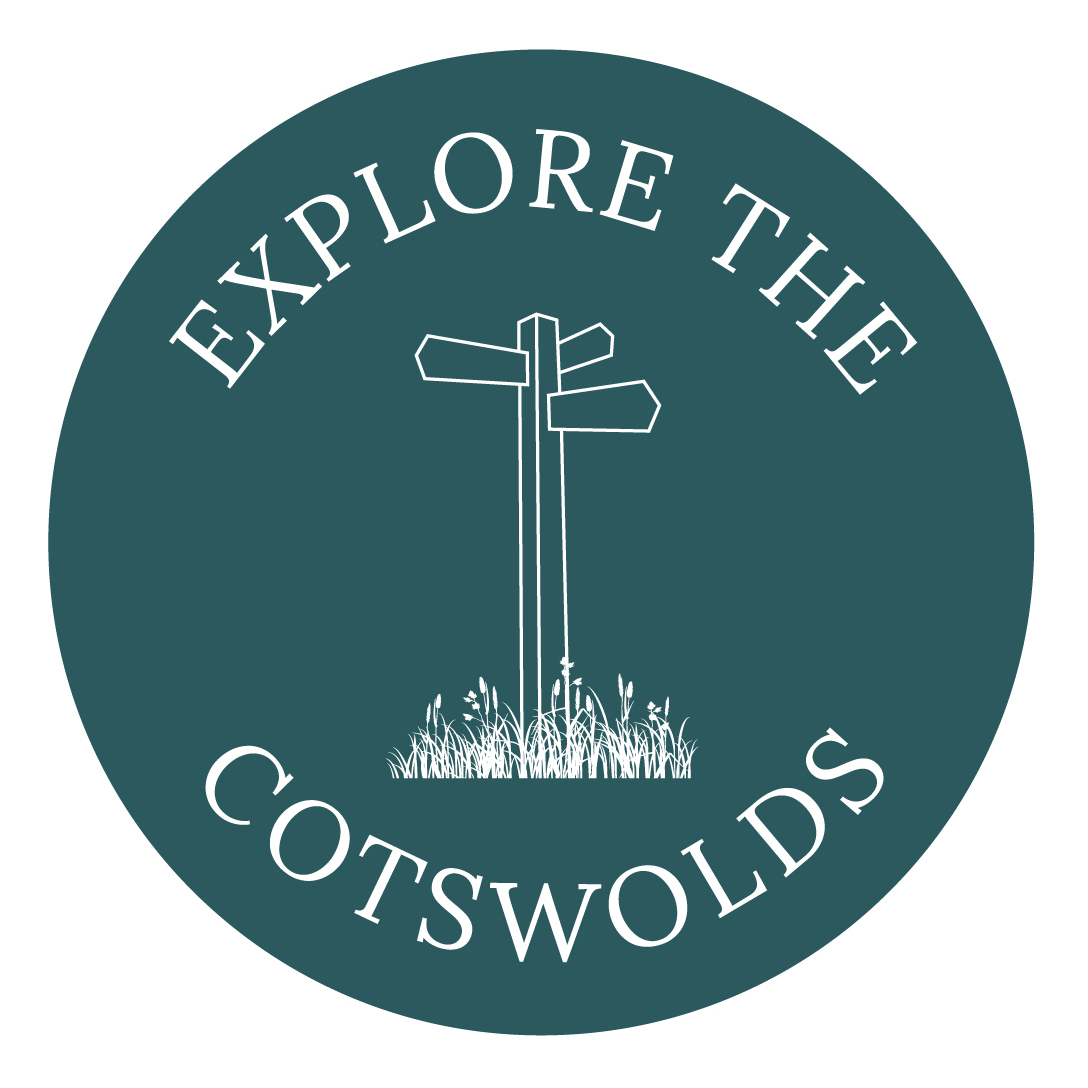Set between Cheltenham and Broadway in the north of the Cotswolds, Winchcombe lies on the River Isbourne, surrounded by tranquil countryside and some of the area’s best walks. This historic market town mixes Cotswold stone and half-timbered black and white cottages, has plenty of independent pubs, restaurants and shops, and even has a castle fit for a queen. Our local expert Kate gives us an insider’s guide to what not to miss when visiting Winchcombe.
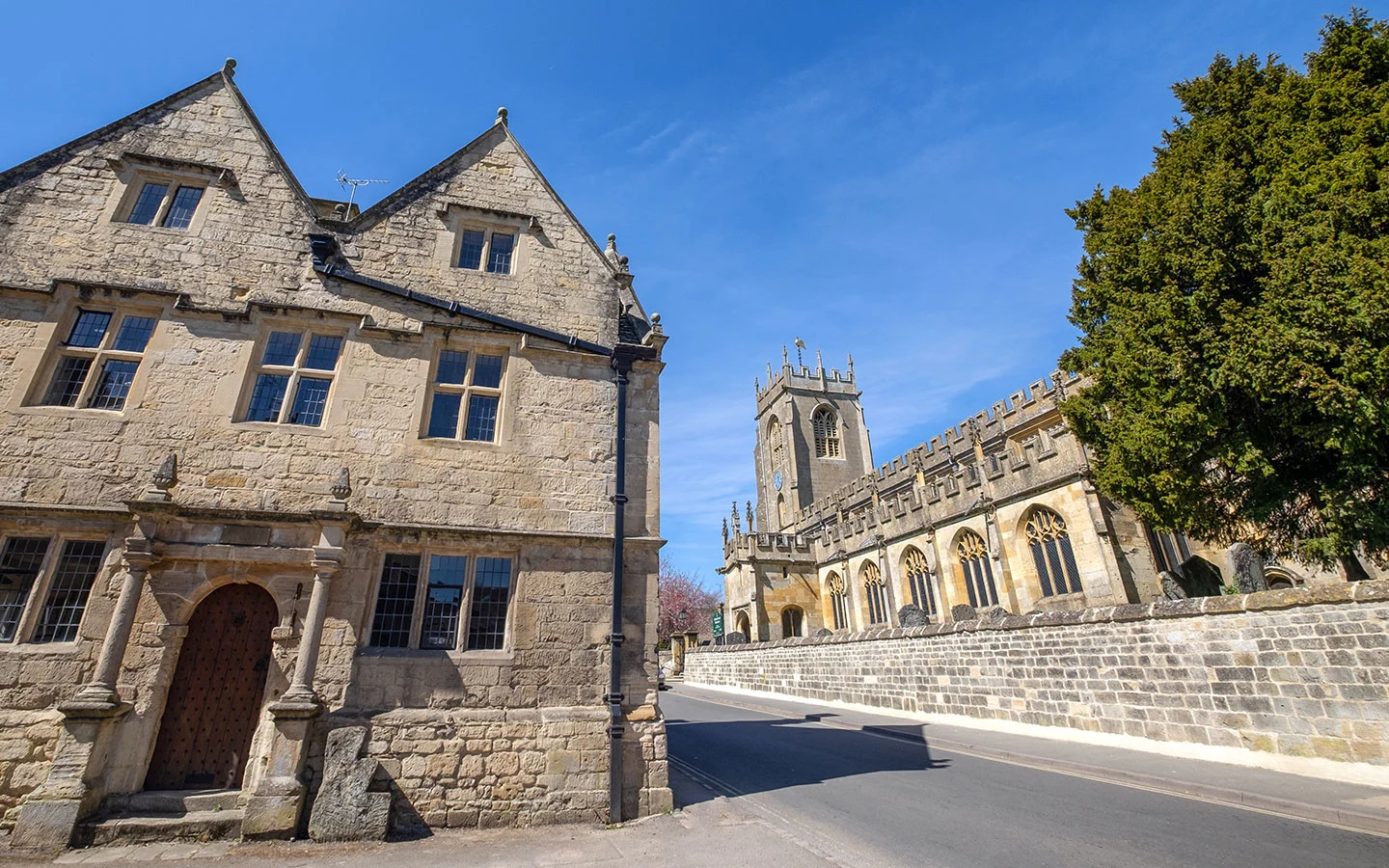
Winchcombe’s history
Winchcombe dates back to Neolithic times, with evidence of people setting in the hills around the town found in pottery fragments and the Belas Knap stone-lined burial chamber. This has been dated to 3000 BC, with Bronze Age skeletons excavated there in the 19th century. The long barrow lies just over a mile outside Winchcombe and makes a great local walk.
Later Winchcombe became a major centre for the Anglo-Saxon Kings of Mercia, with Winchcombe Abbey being built next to St Peter’s Church – though all that remains of it now is a few stone fragments. In the Middle Ages the town thrived thanks to Gloucestershire’s wool industry and visits by pilgrims. But it later fell into decline, with local farmers turning to growing tobacco.
Winchcombe grew again in the Victorian period, when the Town Hall, grammar school and several churches were built. When walking around town you’ll see several blue plaques showcasing the history behind some of its buildings, including the birthplace of Christopher Merrett who discovered how to add fizz to wine – something we’re extremely grateful for!
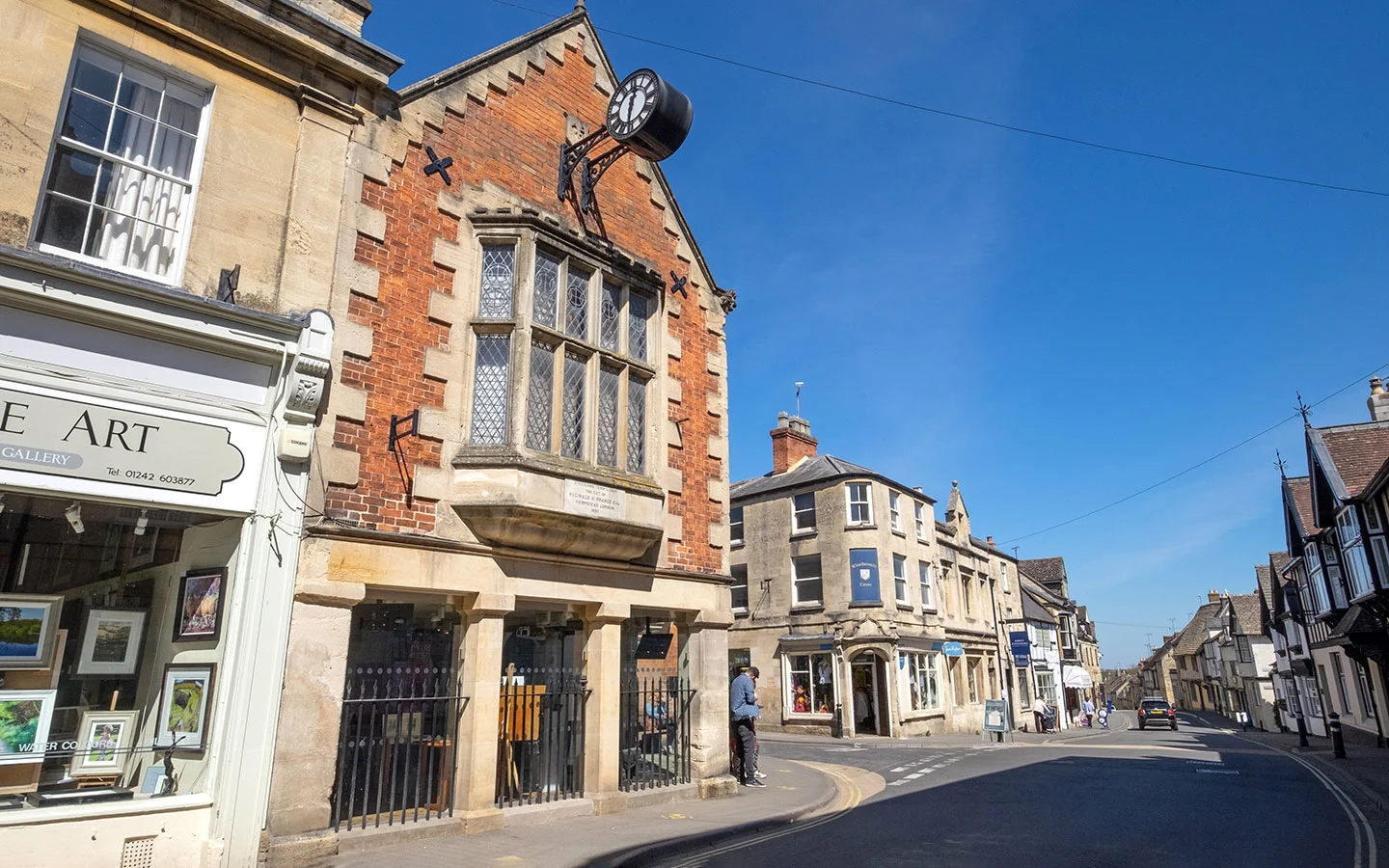
Things to do in Winchcombe
One of the highlights of visiting Winchcombe is a stroll around Sudeley Castle, located on the outskirts of the town. Built in 1442, Sudeley is the only private castle in England to have a queen buried within its grounds. Katherine Parr, famously Henry VIII’s last and only surviving wife, lived and died within the castle and is buried in St Mary’s Chapel in its grounds.
Visitors can enjoy entry to the castle’s stunning gardens made up of 10 differently designed garden sections as well as an impressive adventure playground for children. Or on certain dates enjoy a wander around the interior of the castle itself. There’s also a tea room and gift shop on site and various extra seasonal events, including the Spectacle of Light at Christmas.
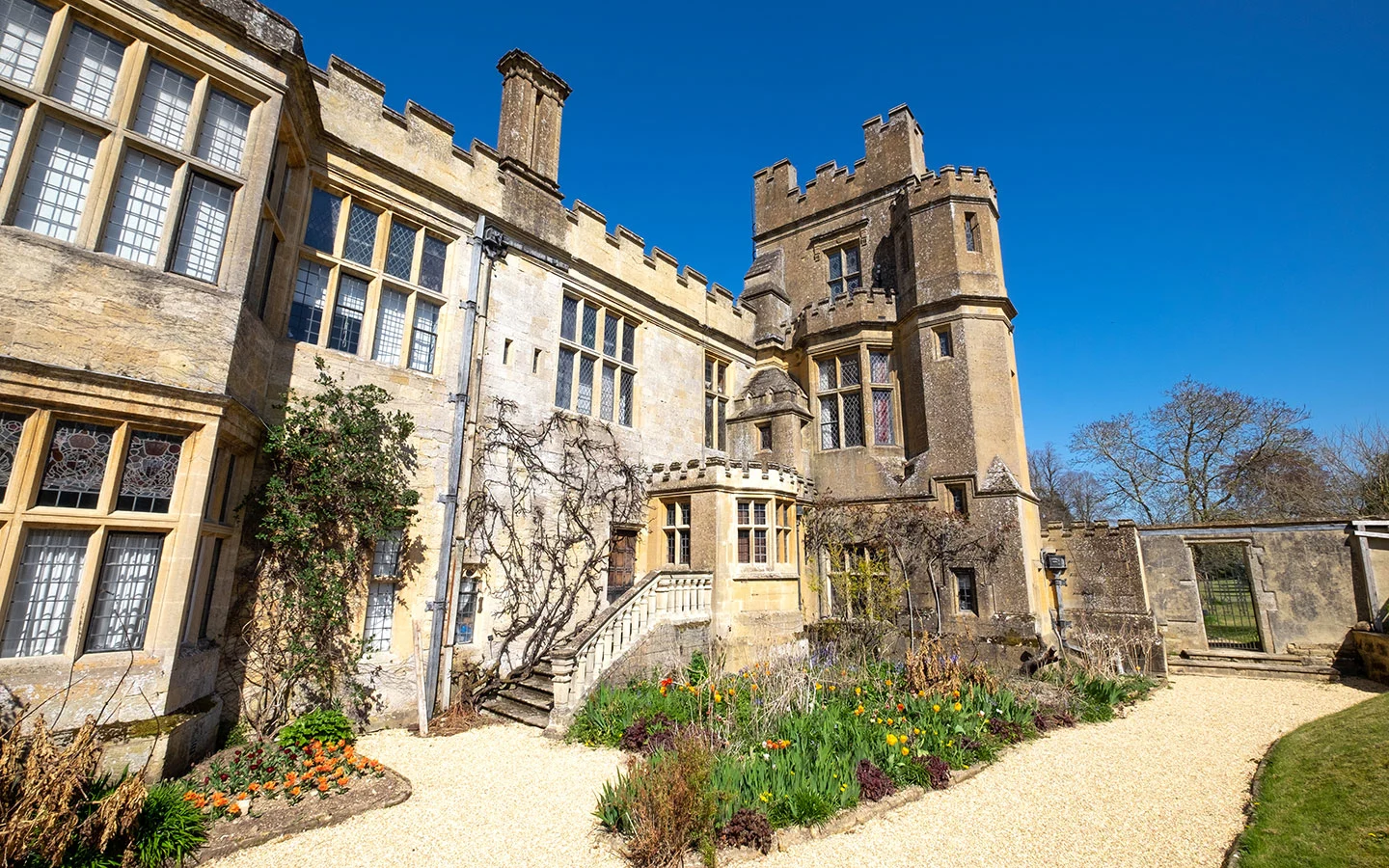
Winchcombe is also home to a small museum of local folk history in the Victorian Town Hall, which contains various architectural finds discovered in the area as well as a collection of police memorabilia. And St Peter’s Church is a medieval wool church with an impressive array of grotesques and an altar frontal stitched by Queen Catherine of Aragon.
If you’re a keen walker, Winchcombe lies on the route of several long-distance trails including the Cotswold Way, Winchcombe Way, Wardens Way, Windrush Way and Gloucestershire Way, to name but a few. The Winchcombe Walkers are Welcome website also has details of many shorter walks around the town, with self-guided route maps available to download.
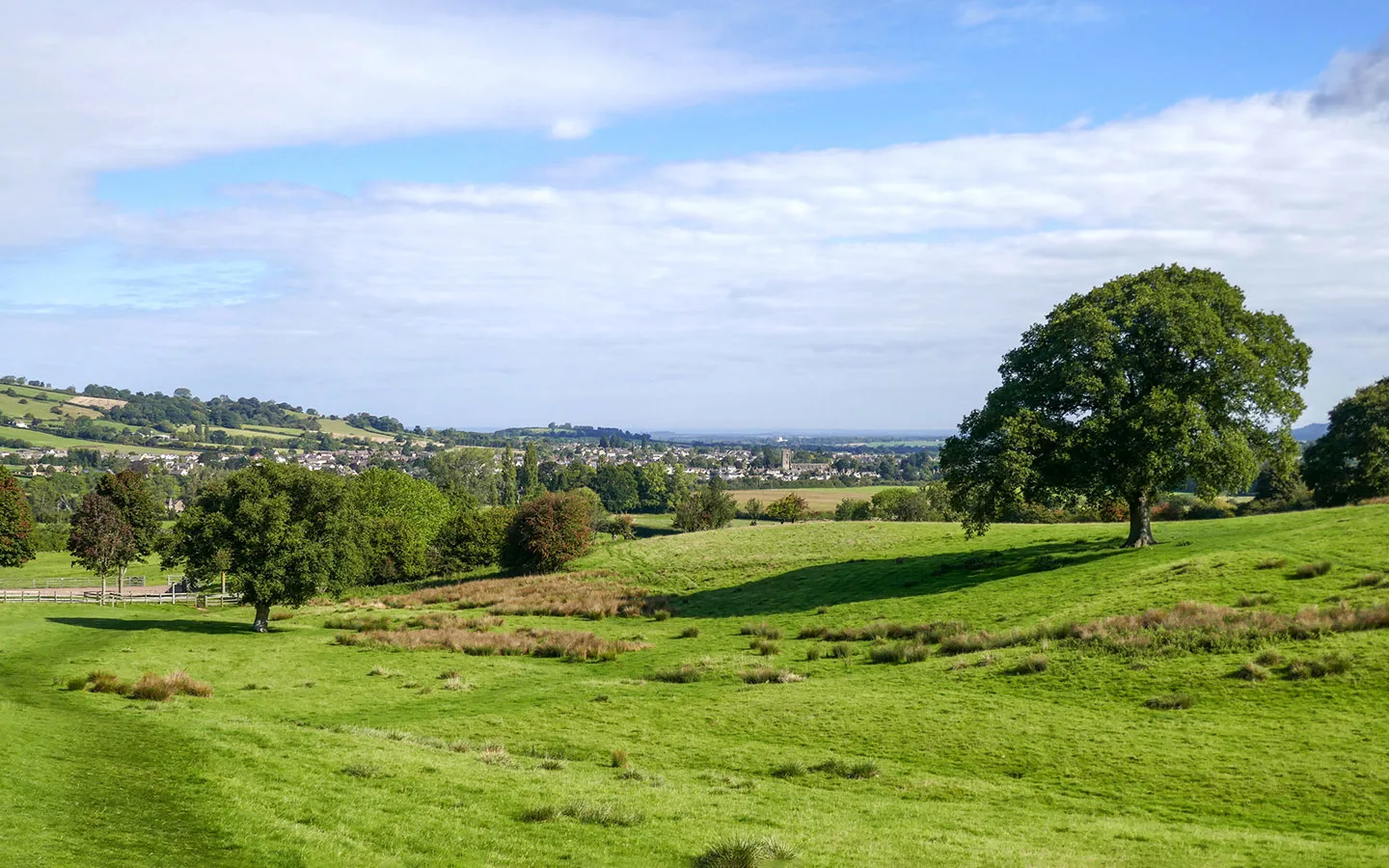
Winchcombe hosts some excellent festivals. In May the town celebrates its walking opportunities as well as the vibrant local arts and music scene. In July one of the neighbouring villages, Postlip, hosts a real ale festival and the town’s annual country show takes place in August.
One of the highlights of the year in Winchcombe is the annual visit from the magical, village green travelling circus, Giffords. Unlike any circus you’ve ever heard of, Giffords combines incredible music, enchanting spectacles and well-cared for animals (think ducks and horses rather than tigers and elephants) and a viewing experience the whole family will love.
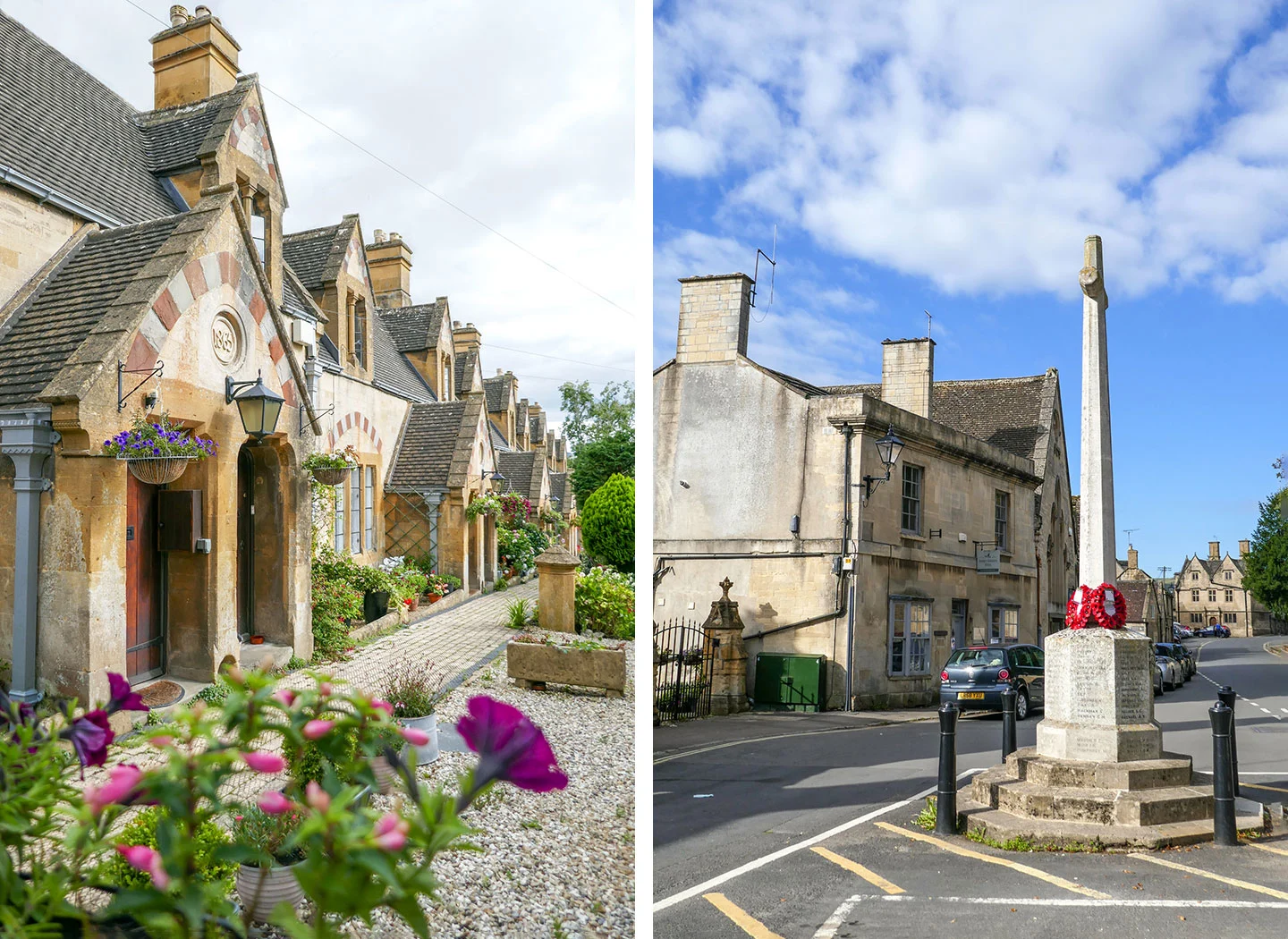
Nostalgia lovers will enjoy a trip on the Gloucestershire Warwickshire Steam Railway which gently meanders across the stunning countryside from Broadway to Cheltenham Racecourse with its midway stop in Winchcombe.
A short drive away, the English Heritage site of Hailes Abbey was one of the most renowned shrines in medieval England. Lengthen a walk around its peaceful ruins with a visit to the nearby Hailes Fruit Farm where visitors can pick their own fruit in season, enjoy a cream tea or shop for local produce. Also nearby is Stanway House, a beautiful Jacobean manor house famed for the highest gravity fountain in the world, with a single jet shooting 300 feet into the air.
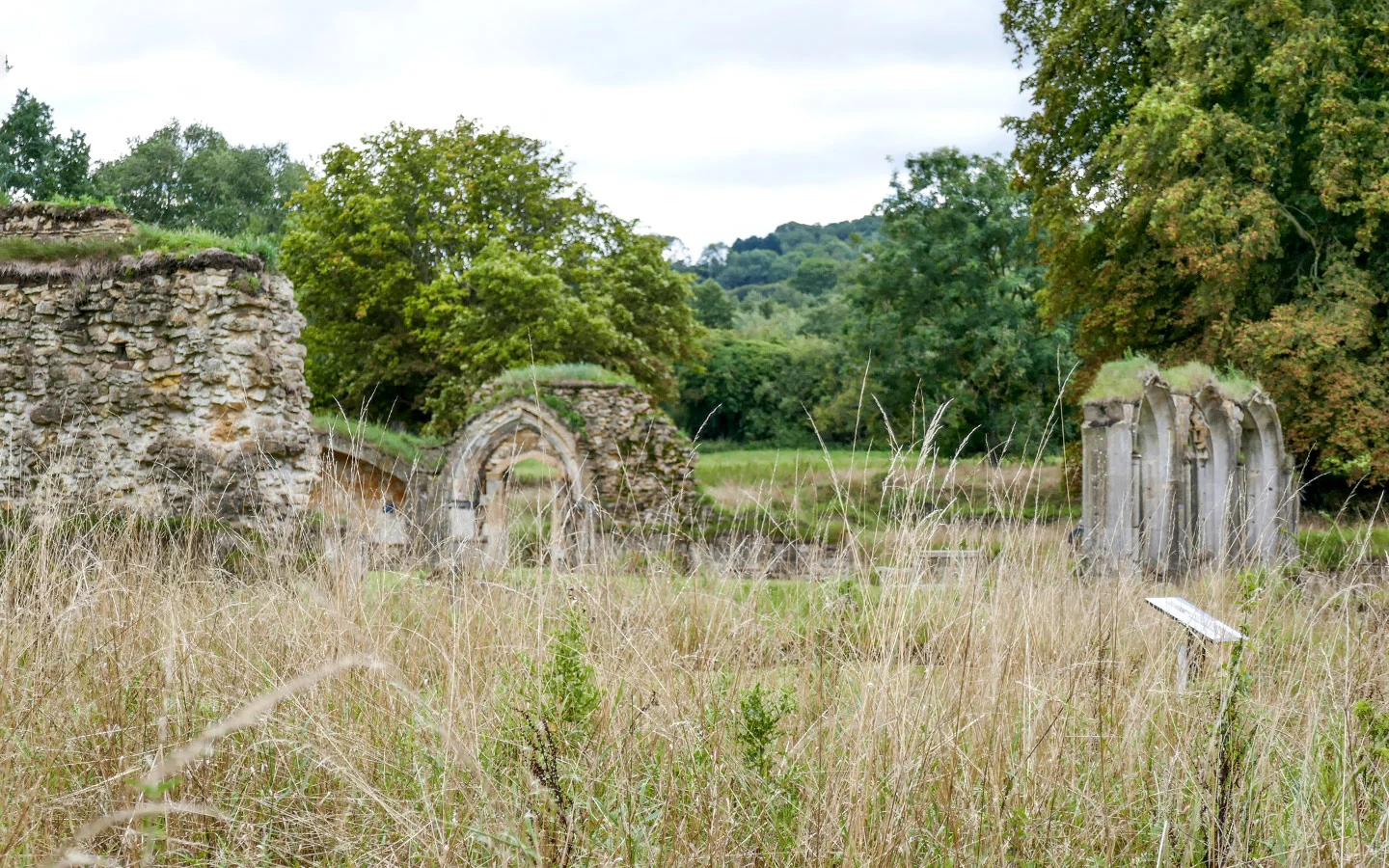
A few miles beyond Winchcombe is the village of Prescott which is home to Prescott Hill Climb motor racing circuit and the Bugatti Owners’ Club. Visitors can enjoy a range of themed car racing days where competitors race to get the best time up the hill as spectators watch on with a picnic, cold beer or ice cream in the glorious Cotswolds countryside.
Finally, those with young families will enjoy a visit to the Cotswold Farm Park, just a few miles from Winchcombe. Owned by Countryfile presenter Adam Henson, the farm park opened in 1971 to help protect rare breeds of farm animal and now features various indoor and outdoor activities, animal encounters and adventures for potential future farmers.
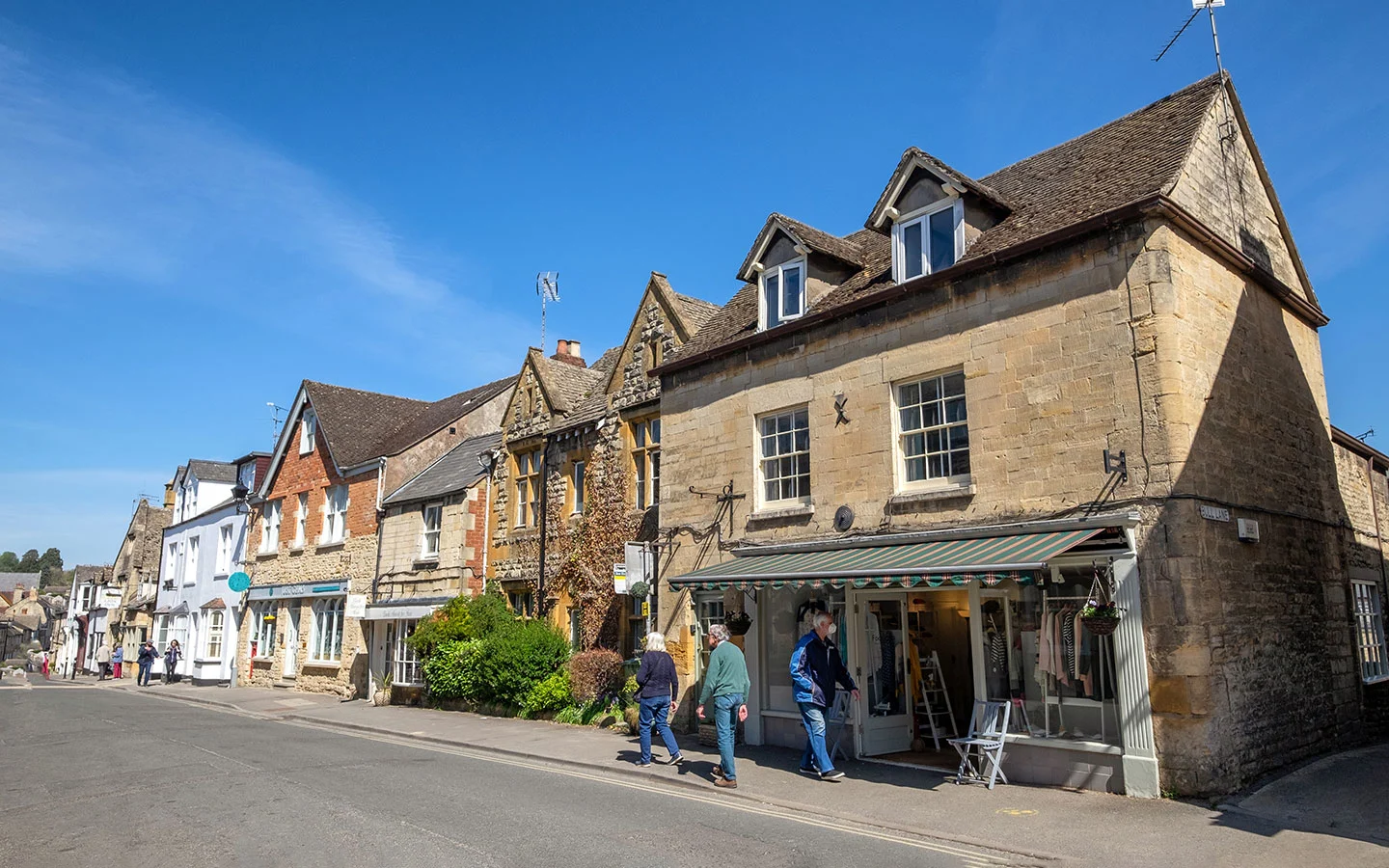
Places to eat & drink in Winchcombe
If you want to stock up on locally sourced food and drink for a picnic or to start their day with a delicious coffee, pay a visit to delicatessen Food Fanatics on North Street, right in the heart of the town. Honey Bea’s Café is also a relaxed – and dog-friendly – spot for a light lunch or coffee and cake, or there’s a delightful tea room tucked away in the Winchcombe Antiques Centre.
Visitors who might enjoy a five-star dining experience will be pleased to hear that Winchcombe has its very own Michelin-starred chef. Marcus Ashenford of Restaurant No 5 will serve up a memorable meal that combines a taste of the Cotswolds with a touch of French flair. Be sure to book ahead though as the restaurant is very special but very small.

Located in a half-timbered 15th-century merchant’s house, Wesley House is an elegant dining experience with reliably excellent food and service. They use local, often organic, produce to create modern British dishes and have a cosy wine bar next door.
Pub lovers are spoiled for choice with the Lion Inn, Plaisterers Arms, Corner Cupboard and White Hart all clustered in the town’s small centre. Or a 25-minute walk or short drive away, The Royal Oak in Gretton has a fantastic menu and a superb pub garden with Cotswold views for miles – and you might even get the memorable sight of a GWSR steam train chuffing right past!
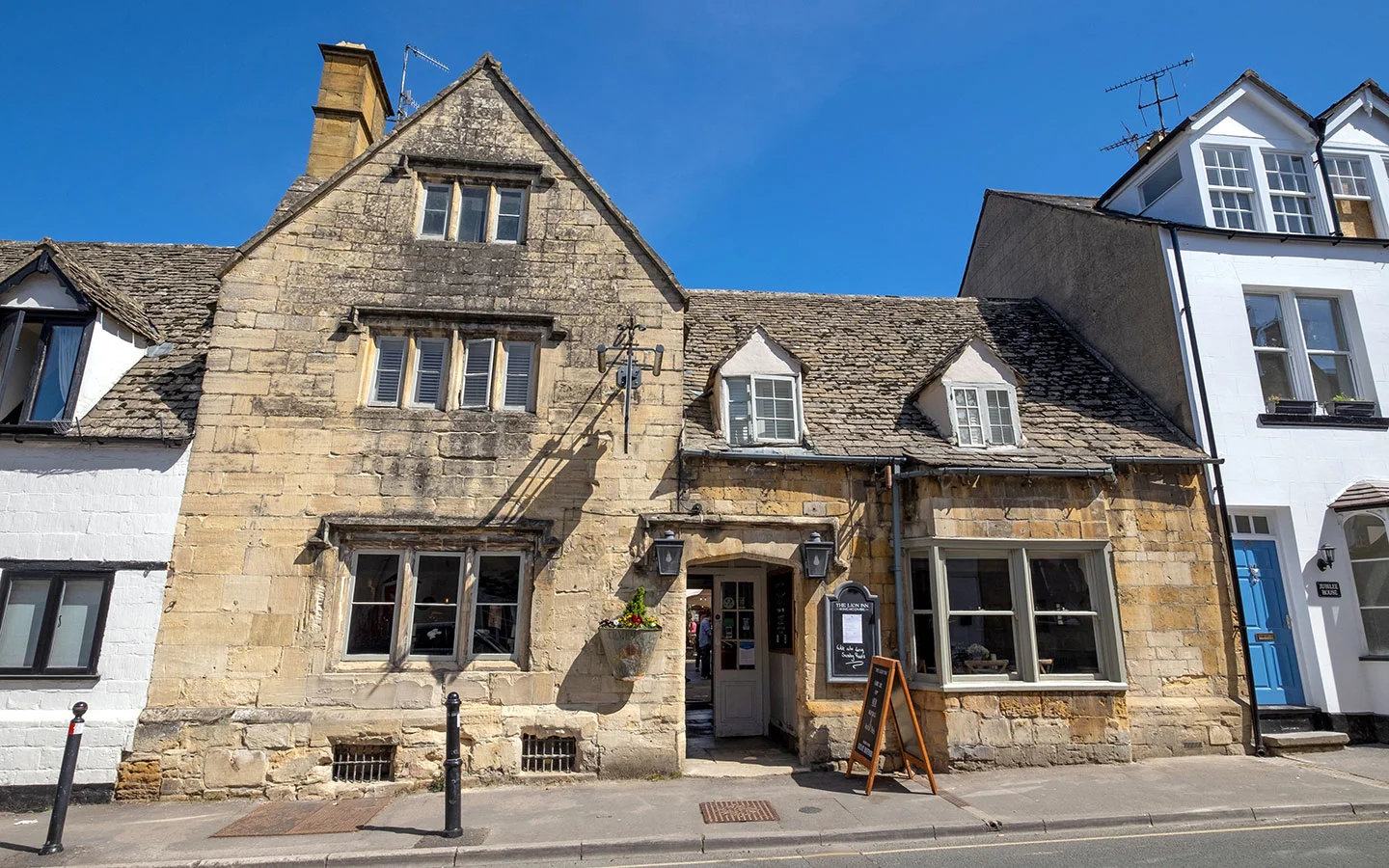
Where to stay in Winchcombe
Both The Lion Inn and Wesley House offer beautifully furnished bed and breakfast accommodation right in the heart of Winchcombe. The Lion Inn* is a 15th-century coaching inn which has eight characterful en-suite bedrooms, some with roll-top baths, and which is also dog-friendly. And Wesley House* has five compact and cosy rooms with period features.
Sudeley Castle also has 16 quirky self-catering cottages dotted around the edge of the estate, a stone’s throw from town. Cottages sleep from 3 to 14 people and are a mix of converted and new buildings. All elegantly furnished, they include the historic Castle Gatehouse* which sleeps four and comes with a four-poster bed, and all give you free entry to the castle and grounds.
Home to the previously mentioned beer festival, the village of Postlip offers a more traditional bed and breakfast option at Postlip Hall Farm. Out in the countryside on the edge of Cleeve Common, their full English breakfasts will set you up well for a day’s walking.
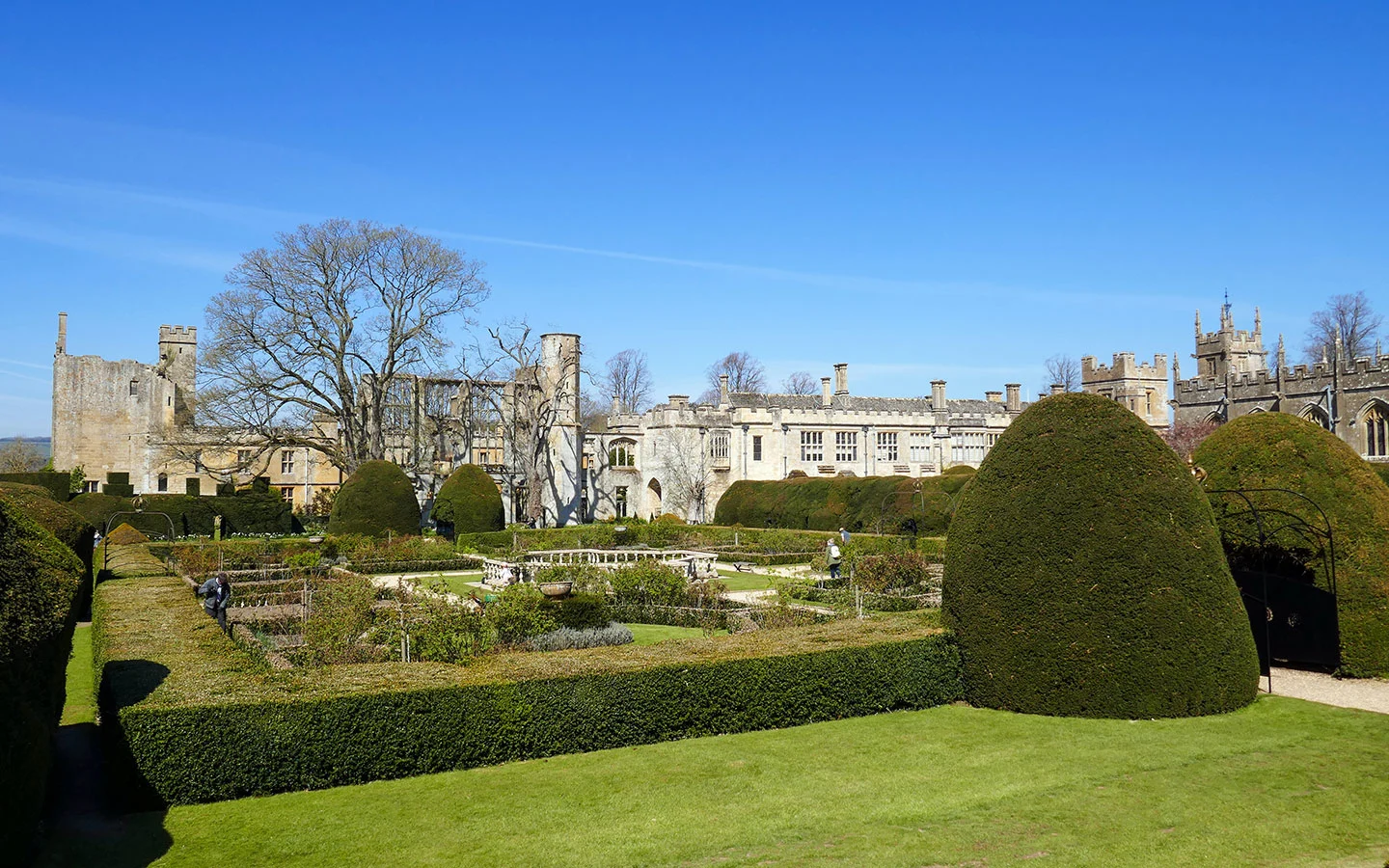
How to get to Winchcombe
By car: Winchcombe is just a 15-minute drive from Junction 9 (Tewkesbury) of the M5, or if you’re coming from the east it’s accessible via the M/A40 through Oxford and Burford. Parking is available for a small charge at both Back Lane and Bull Lane car parks. Limited stay free parking is available on the roadside on North Street and in the square on the High Street.
By public transport: Cheltenham is the closest mainline train station to Winchcombe, with services from London and many other UK cities. National Express coaches also pass through regularly. The W bus travels from Cheltenham to Broadway via Winchcombe hourly throughout the day. Or those prepared to take a slow but memorable journey might consider travelling to Winchcombe from Cheltenham on the Gloucestershire Warwickshire Steam Railway!
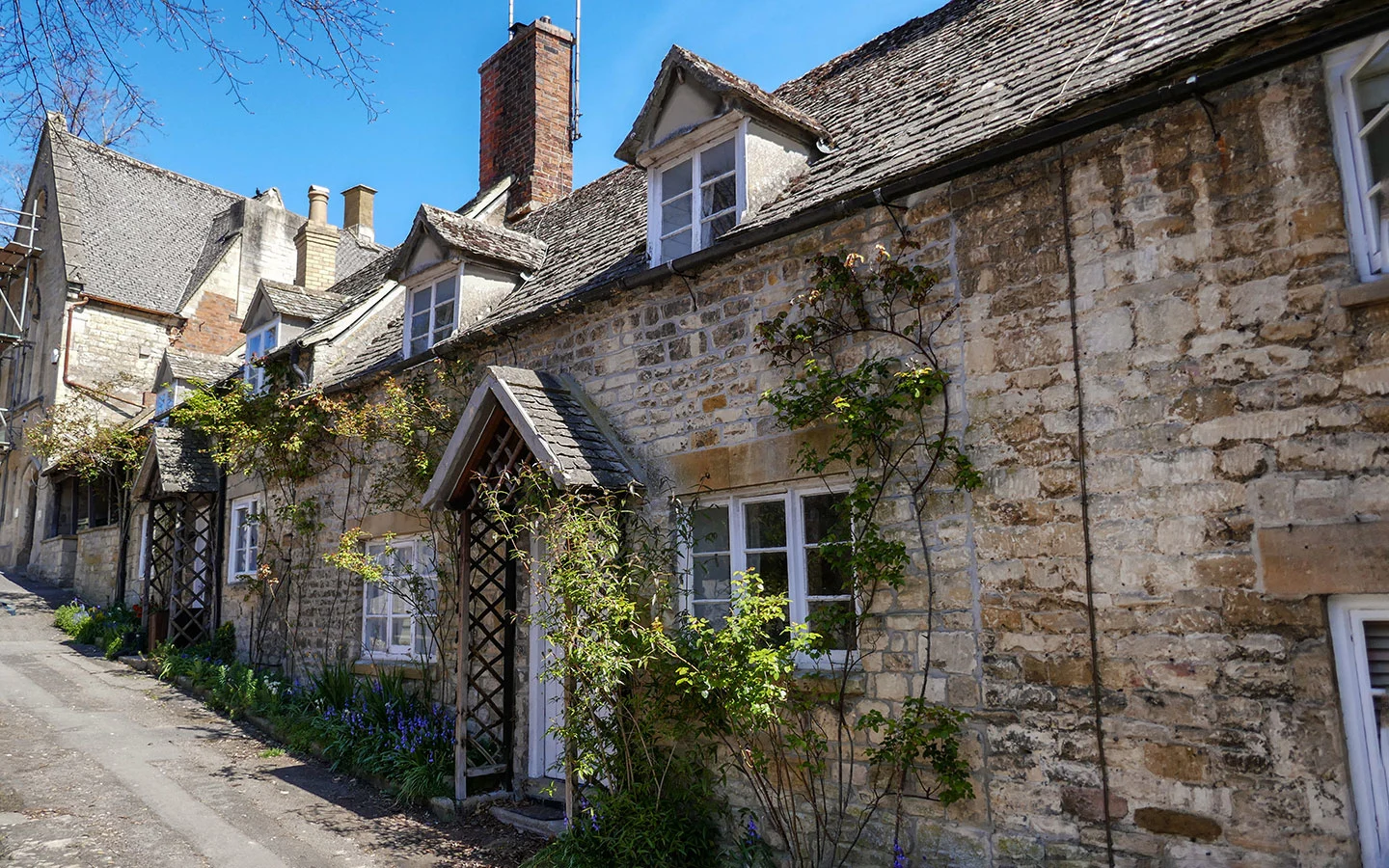
Save for later
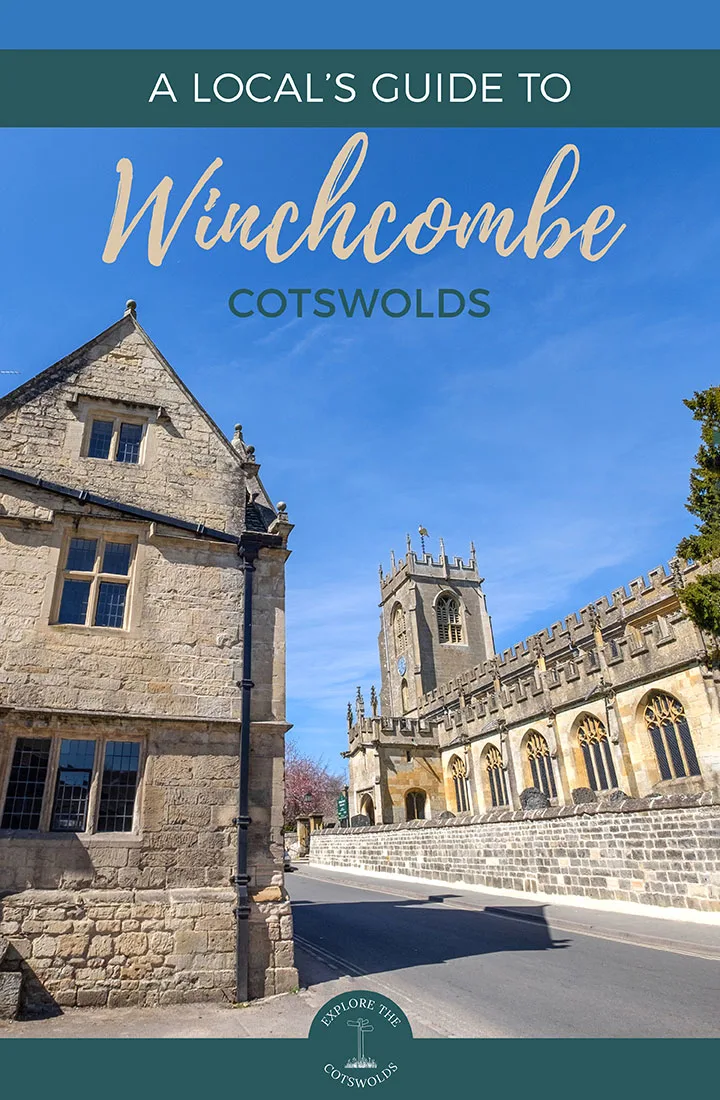
* This site contains affiliate links, where I get a small commission from purchases at no extra cost to you.
